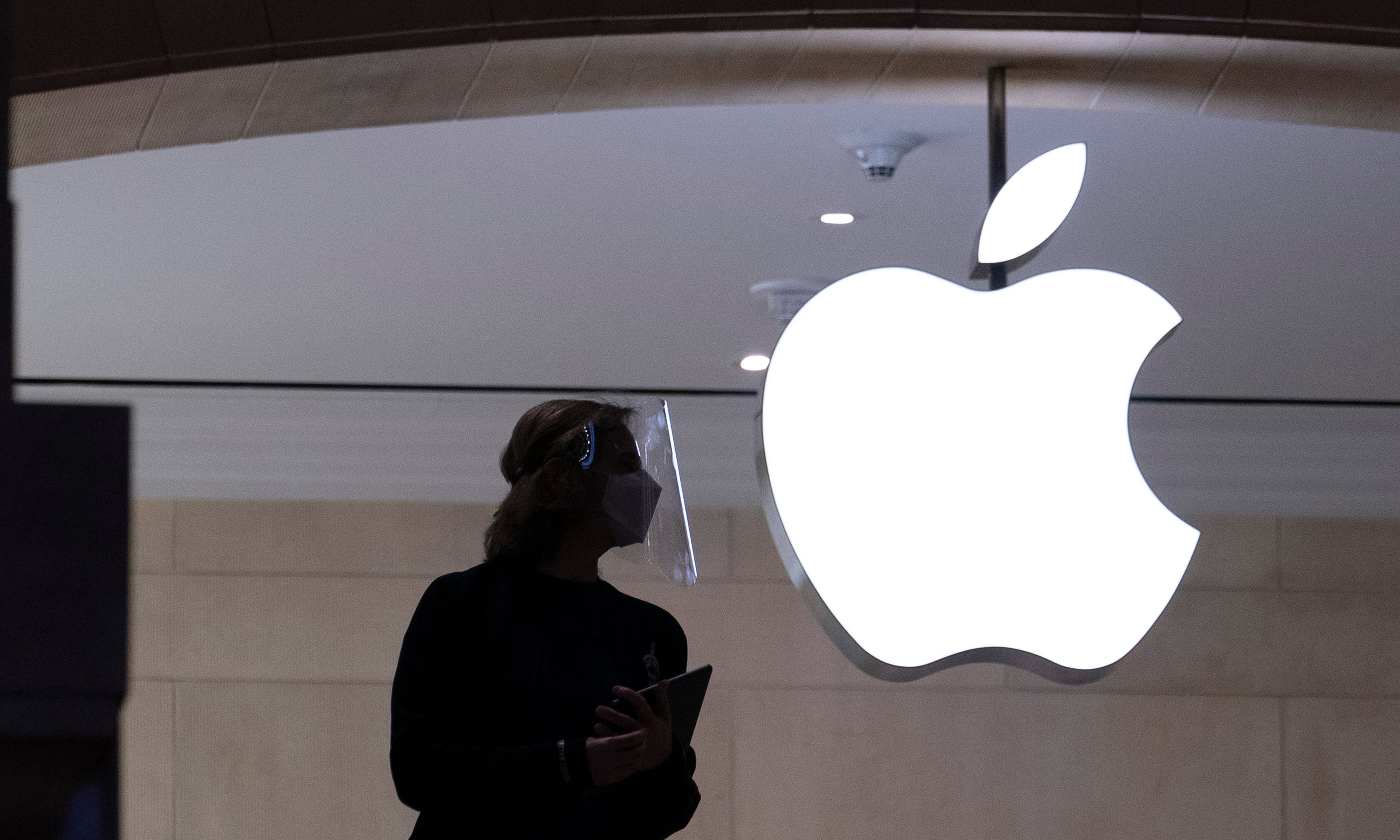Apple reverses even more of its controversial Safari redesign in iOS 15

Your support helps us to tell the story
From reproductive rights to climate change to Big Tech, The Independent is on the ground when the story is developing. Whether it's investigating the financials of Elon Musk's pro-Trump PAC or producing our latest documentary, 'The A Word', which shines a light on the American women fighting for reproductive rights, we know how important it is to parse out the facts from the messaging.
At such a critical moment in US history, we need reporters on the ground. Your donation allows us to keep sending journalists to speak to both sides of the story.
The Independent is trusted by Americans across the entire political spectrum. And unlike many other quality news outlets, we choose not to lock Americans out of our reporting and analysis with paywalls. We believe quality journalism should be available to everyone, paid for by those who can afford it.
Your support makes all the difference.Apple has rolled back its controversial new Safari update even more, after complaints from customers.
The new look for the browser was announced during Apple’s Worldwide Developer Conference last month. It came among a range of new features, which also includes new “focus” modes to help users concentrate and the ability to watch films and TV shows together.
The Safari update has received by far the most criticism, however, with users and experts deriding the new design as impractical and harder to use. While it seemed aimed at giving users more of their screen by hiding away much of the information at the bottom and in different menus, critics have argued that it is actually more difficult to use and looks strange.
Apple appears to have been listening to those views. Two weeks ago, Apple rolled out a new update that meant the address bar did not move from the bottom to the top when people use it.
Now Apple has introduced another beta version of the software that further rolls back the changes.
The most dramatic change is on the iPad, where users will now be given the option to switch off some of the more dramatic changes. Users can now switch back to the old version of the tab bar, which appeared underneath the address window rather than in place of it, using the settings.
It means that tabs will once again get their own row, separated from the web address and with more space for more tabs. That is one of the big changes that had originally arrived with iOS 15.
On the iPhone, the changes are more minor. The company has now added a devoted refresh button, and has also moved the “share” button onto the main screen so that is visible all the time, rather than being hidden behind three dots.
Even in the latest version of the developer beta, significant parts of the redesign remain. The address bar is still at the bottom of the iPhone screen, for instance, and tabs are still swiped through rather than visible in a menu.
Those could yet be changed in future versions of iOS 15, which is expected to go through a range of beta updates before it is publicly released in September. And Apple could of course commit once again to its more fundamental redesign, and bring back a version of its original changes.
Join our commenting forum
Join thought-provoking conversations, follow other Independent readers and see their replies
Comments